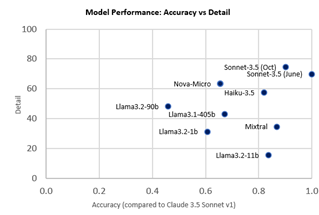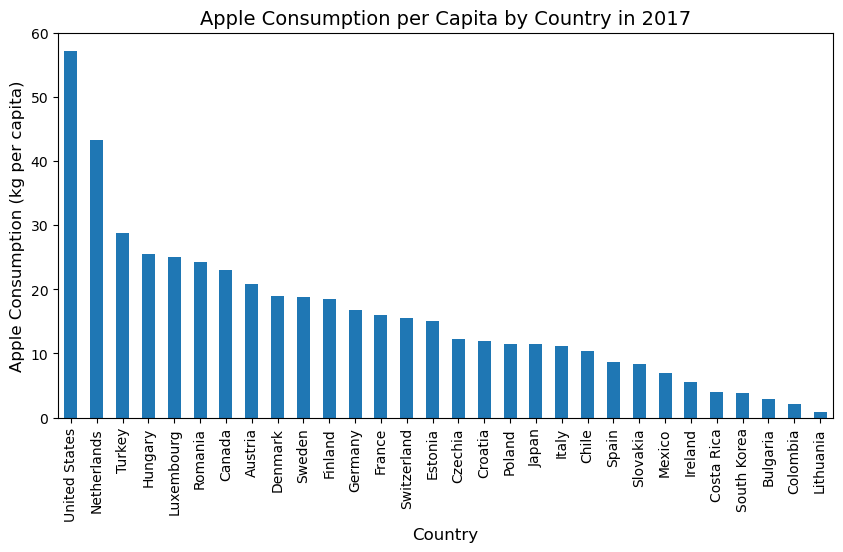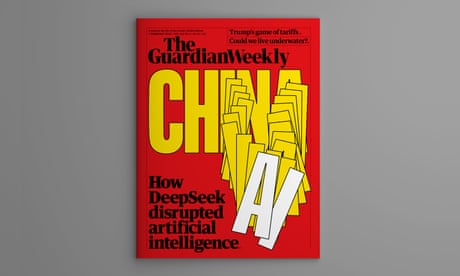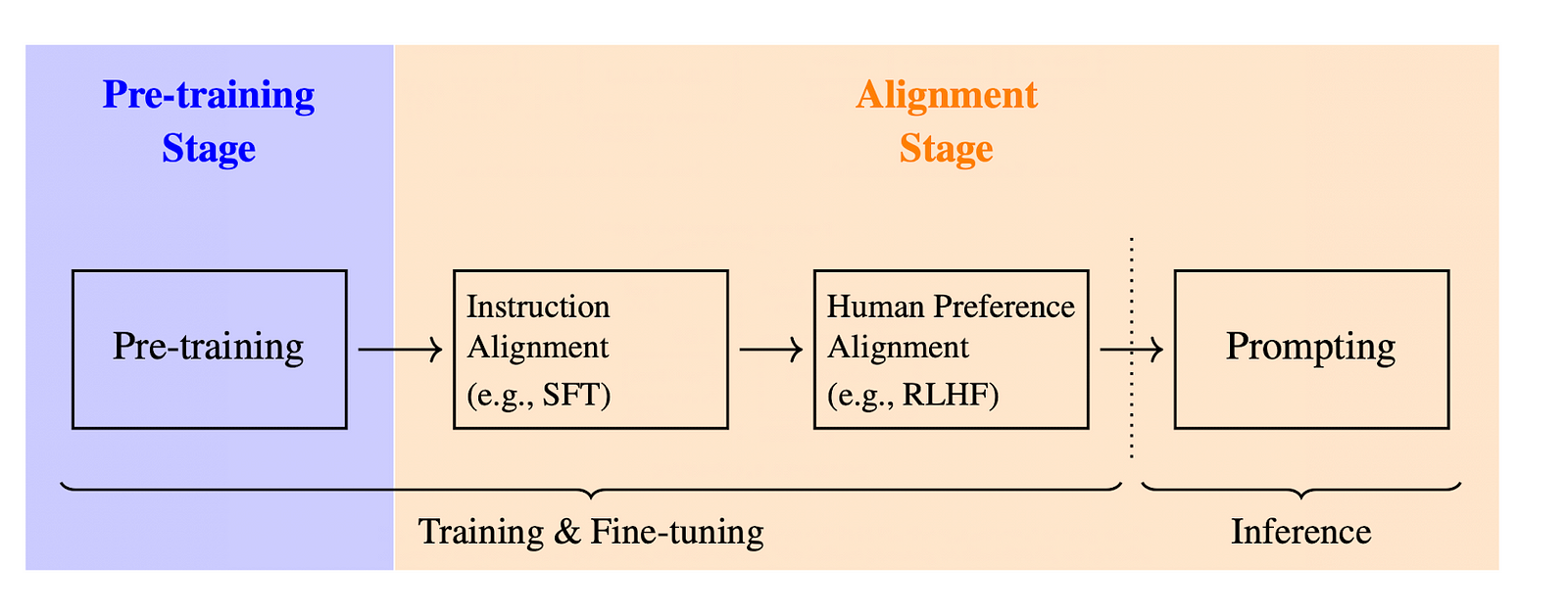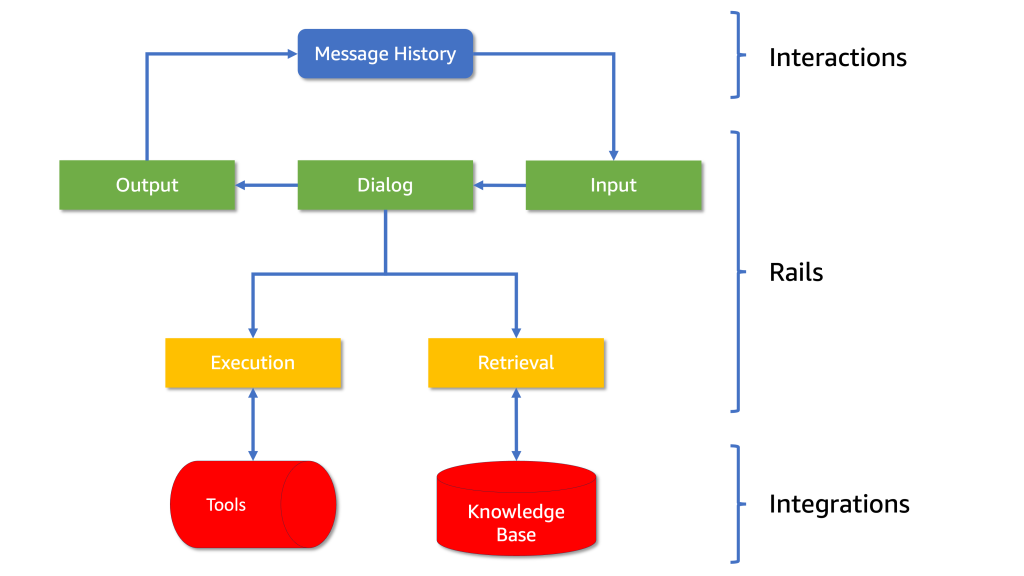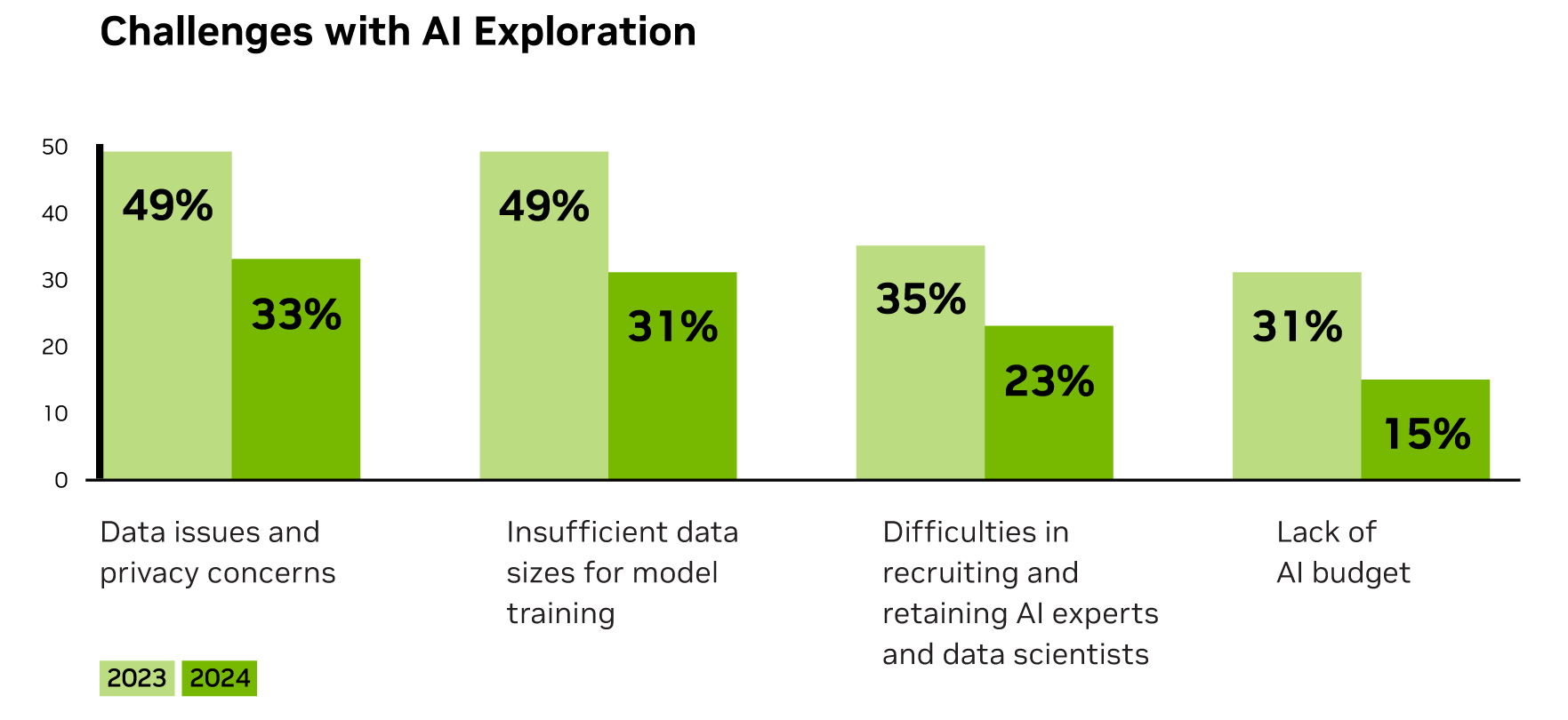Channel 1 is a groundbreaking news channel where AI scripts, edits, and presents stories in 30+ languages. The Guardian explores if viewers can trust and engage with this human-less news source.
StabilityAI introduces the groundbreaking Stable Diffusion XL model, advancing text-to-image AI technology. Learn how to efficiently fine-tune and host the model on AWS Inf2 instances for superior performance.
Inefficient metric computation can increase training costs. TorchMetrics optimizes metric collection in PyTorch.
New EPA administrator Lee Zeldin's pillars prioritize auto industry support, omitting climate crisis. Unusual focus on AI as key agency priority raises eyebrows.
Researchers at Los Alamos repurposed Meta’s Wav2Vec-2.0 AI model to analyze seismic signals from Hawaii’s Kīlauea volcano. The AI can track fault movements in real time, a crucial step towards understanding earthquake behavior.
Trellix Wise, powered by AI, automates threat investigation for security teams, saving time and expanding coverage. Trellix's partnership with Amazon Nova Micro delivers faster inferences at a significantly lower cost, optimizing investigations.
Alphabet removes ban on using AI for weapons and surveillance in updated guidelines, shifts focus from avoiding harm. The Google owner updates ethical guidelines, allowing for broader use of artificial intelligence technology.
Popular saying "An apple a day keeps the doctor away" put to the test with real-world data. Results show very weak correlation, challenging the myth.
NVIDIA's GeForce RTX 5090 and 5080 GPUs, based on Blackwell architecture, offer 8x faster frame rates with DLSS 4 technology. NVIDIA NIM microservices and AI Blueprints for RTX enable easy access to generative AI models on PCs, accelerating AI development across platforms.
DeepSeek's launch sparks shockwaves, AI arms race fears rise. Paris AI summit agenda, young minds share hopes and fears.
Chinese-developed chatbot DeepSeek challenges US tech supremacy with cheaper, energy-efficient AI tool. Despite limitations, its rapid rise highlights economic implications over technical advancements.
Deepseek's cost-effective AI performance is turning heads. Learn about Reinforcement Learning in Large Language Model training, focusing on TRPO, PPO, and GRPO. Explore RL basics using a maze analogy, and how it applies to LLMs for refining responses based on human feedback.
Keir Starmer skips AI summit in Paris, missing chance to meet with Macron, Modi, Vance, and Musk. PM's absence from international conference, started by Rishi Sunak, raises eyebrows.
Businesses are using LLMs to enhance customer engagement, facing challenges in staying on topic. AnyCompany Pet Supplies leverages NeMo Guardrails for AI assistant, conversation flows, and data integration to improve customer experiences.
Financial institutions are leveraging AI for revenue growth and cost savings, with NVIDIA's report showing a significant increase in AI adoption and proficiency. Generative AI is driving ROI in trading, customer engagement, and more, as companies overcome barriers to successful AI deployment.






